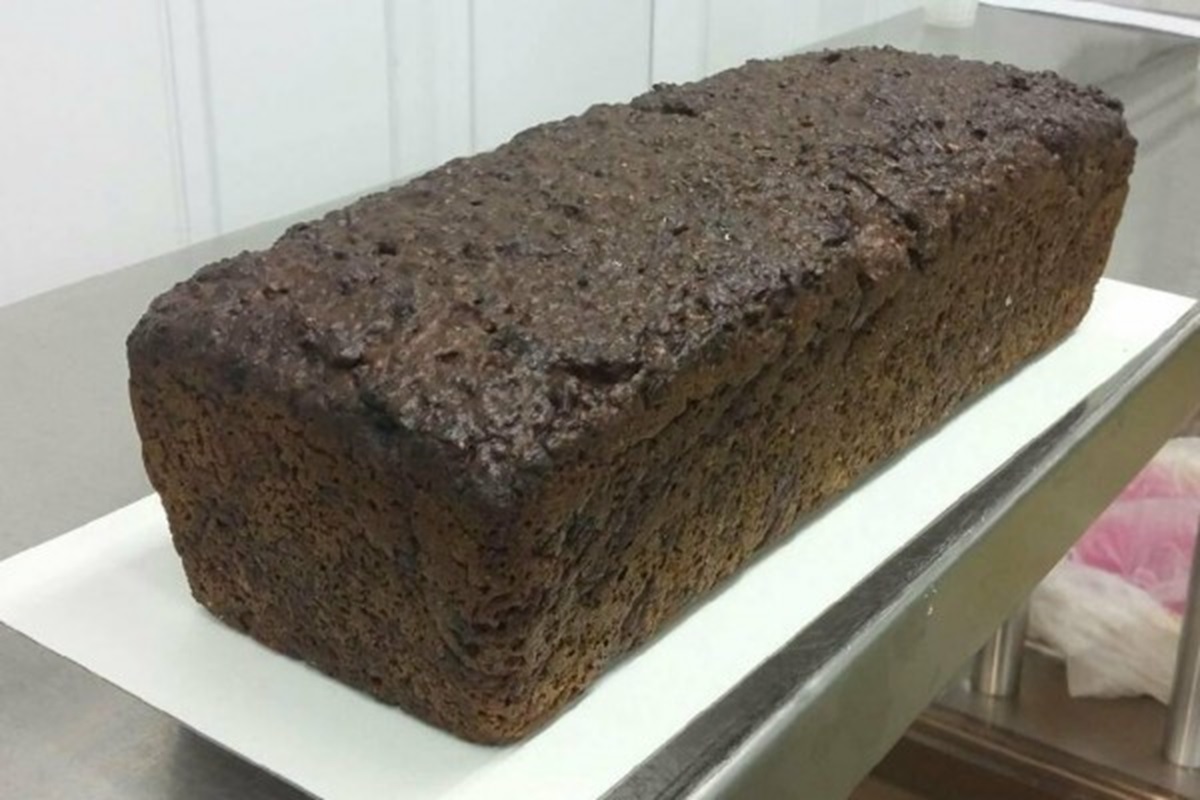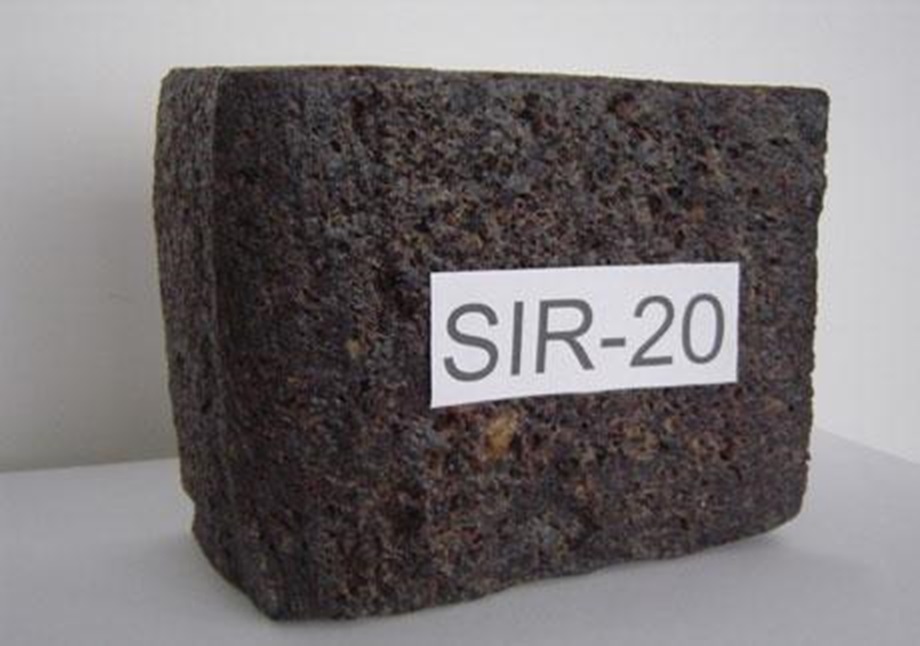We unleash your business potential by maximize the business innovation.
Send EmailStandard Indonesian Rubber, Naturel Rubber, SIR , SIR 3CV50, SIR 3CV60, SIR 3L, SIR 5, SIR 10, SIR 20, SIR-3L, SIR-5, SIR-10, SIR-20, 9006-04-6
The CAS number for Standard Indonesian Rubber (SIR) is 9006-04-6.
Standard Indonesian Rubber (SIR) is a type of natural rubber classified according to technical specifications. Here are some key details about SIR:
Standard Indonesian Rubber (SIR):
Physical Properties
-
Appearance: White or light yellow solid
-
Density: 0.92 - 0.94 g/cm³
-
Melting Point: 180 - 220°C
-
Solubility: Insoluble in water, but soluble in organic solvents
Chemical Properties
-
Chemical Formula: (C₅H₈)n
-
Molecular Weight: Variable, depending on the degree of polymerization
-
Dirt Content: Maximum 0.03% - 0.2% (depending on the grade)
-
Ash Content: Maximum 0.5% - 1% (depending on the grade)
-
Nitrogen Content: Maximum 0.6%
-
Volatile Matter: Maximum 0.8%
-
Initial Plasticity (Po): Minimum 30
-
Plasticity Retention Index (PRI): Minimum 50 - 75 (depending on the grade)
-
Mooney Viscosity: Values such as 50 ± 5 and 60 ± 5 (ML 1+4 at 100°C)
These properties make SIR suitable for a wide range of applications, including tires, footwear, and industrial products.
General Information
-
Production: Indonesia produces approximately 2 million tonnes of rubber per year, primarily in North and South Sumatra, Riau, Jambi, and West Kalimantan. The country is the second-largest rubber producer in the world, after Thailand.
-
Export: About 85% of Indonesia's rubber output is exported, mainly to countries like Singapore, China, Japan, the USA, and Brazil.
Grades and Specifications
SIR is available in various grades, each with specific properties:
-
SIR 3CV50: Maximum dirt content 0.03%, ash content 0.5%, nitrogen content 0.6%, volatile matter 0.6%, initial Wallace plasticity 30, plasticity retention index 60, Mooney viscosity 50 ± 5.
-
SIR 3CV60: Similar to SIR 3CV50 but with a Mooney viscosity of 60 ± 5.
-
SIR 3L: Maximum dirt content 0.03%, ash content 0.5%, nitrogen content 0.6%, volatile matter 0.8%, initial Wallace plasticity 30, plasticity retention index 75.
-
SIR 5: Maximum dirt content 0.05%, ash content 0.5%, nitrogen content 0.6%, volatile matter 0.8%, initial Wallace plasticity 30, plasticity retention index 70.
-
SIR 10: Maximum dirt content 0.1%, ash content 0.75%, nitrogen content 0.6%, volatile matter 0.8%, initial Wallace plasticity 30, plasticity retention index 60, Mooney viscosity 60 ± 5.
-
SIR 20: Maximum dirt content 0.2%, ash content 1%, nitrogen content 0.6%, volatile matter 0.8%, initial Wallace plasticity 30, plasticity retention index 50, Mooney viscosity 60 ± 5.
Uses
-
Tire Industry: A significant portion of SIR is used in the tire industry due to its high quality and consistency.
-
Industrial Products: SIR is also used in the production of various industrial products such as gaskets, hoses, and other rubber items.
Challenges
-
Yield: Indonesia's yield per hectare is lower compared to other top rubber producers due to older rubber trees and low investment capabilities of farmers.
-
Processing: Indonesia relies on processed rubber products from abroad due to its underdeveloped processing and manufacturing plants.
These details provide a comprehensive overview of Standard Indonesian Rubber (SIR) and its significance in the global rubber industry.

